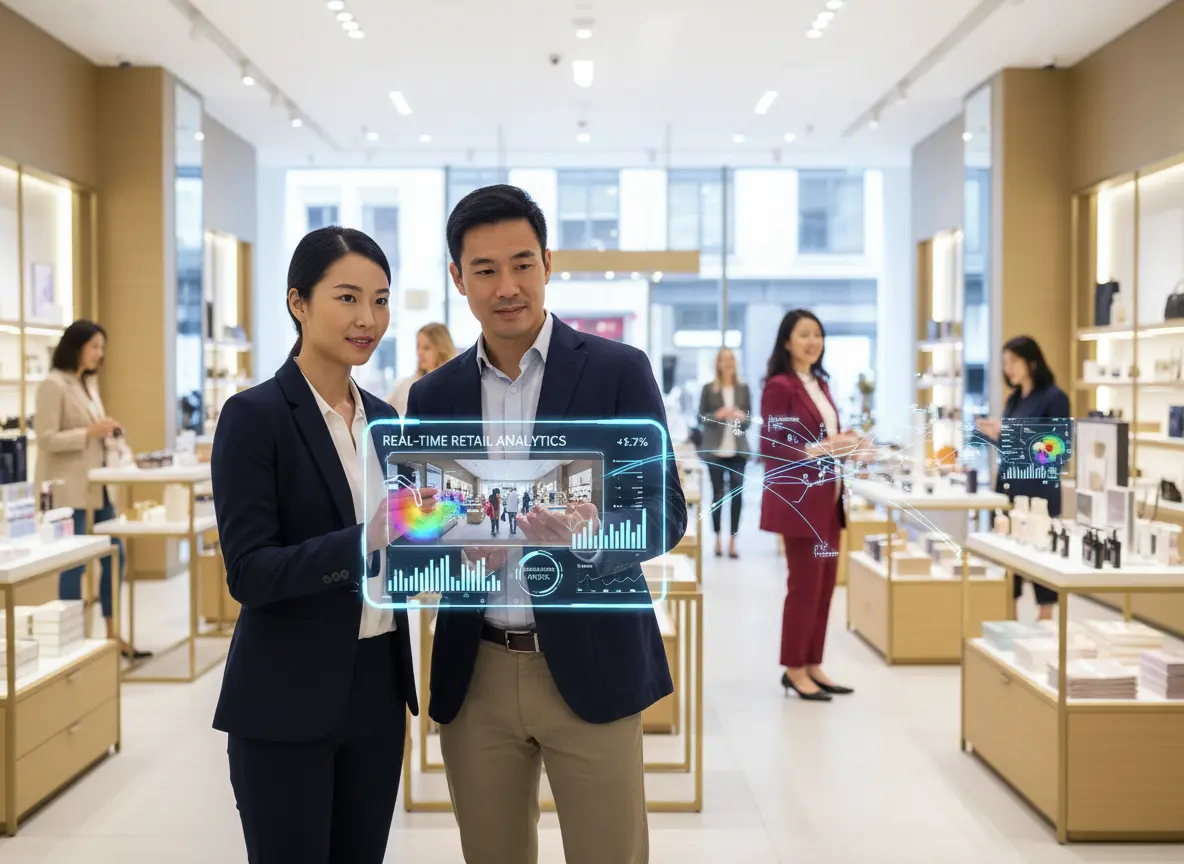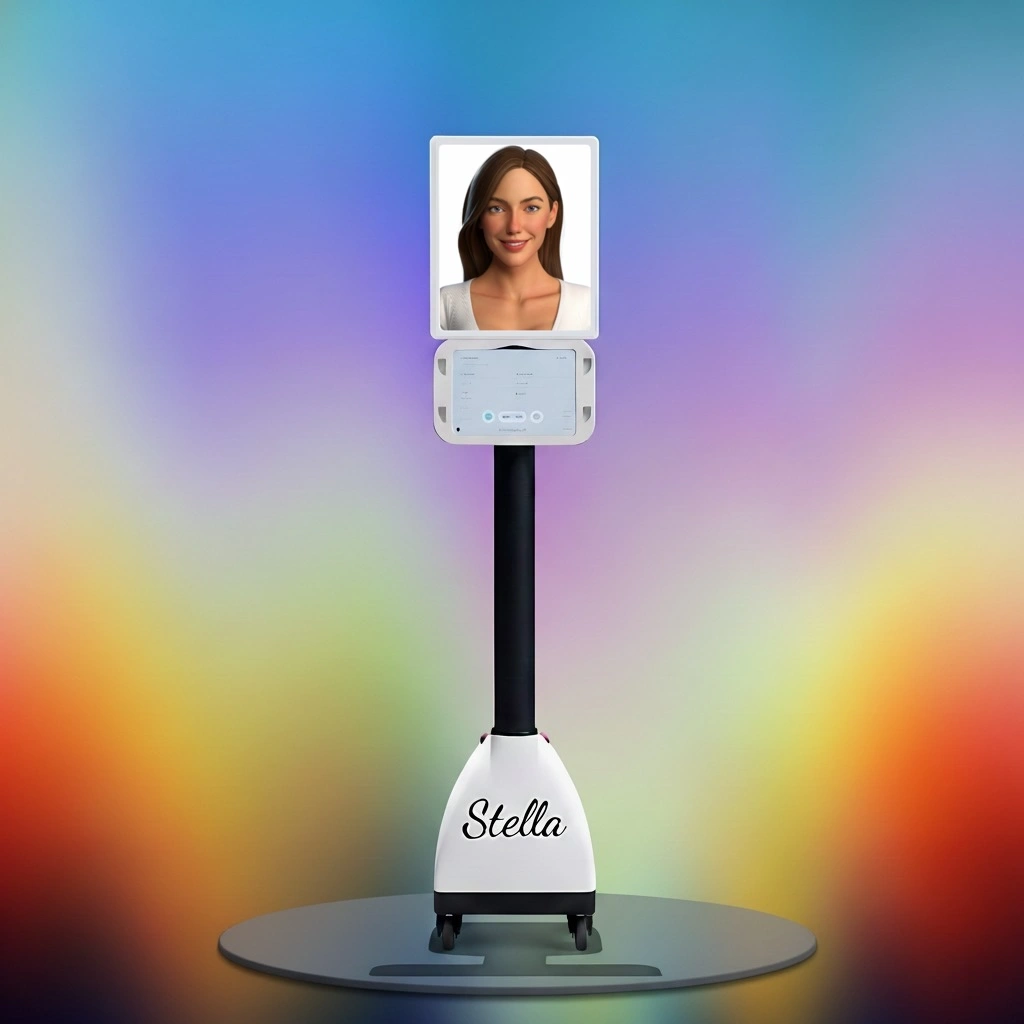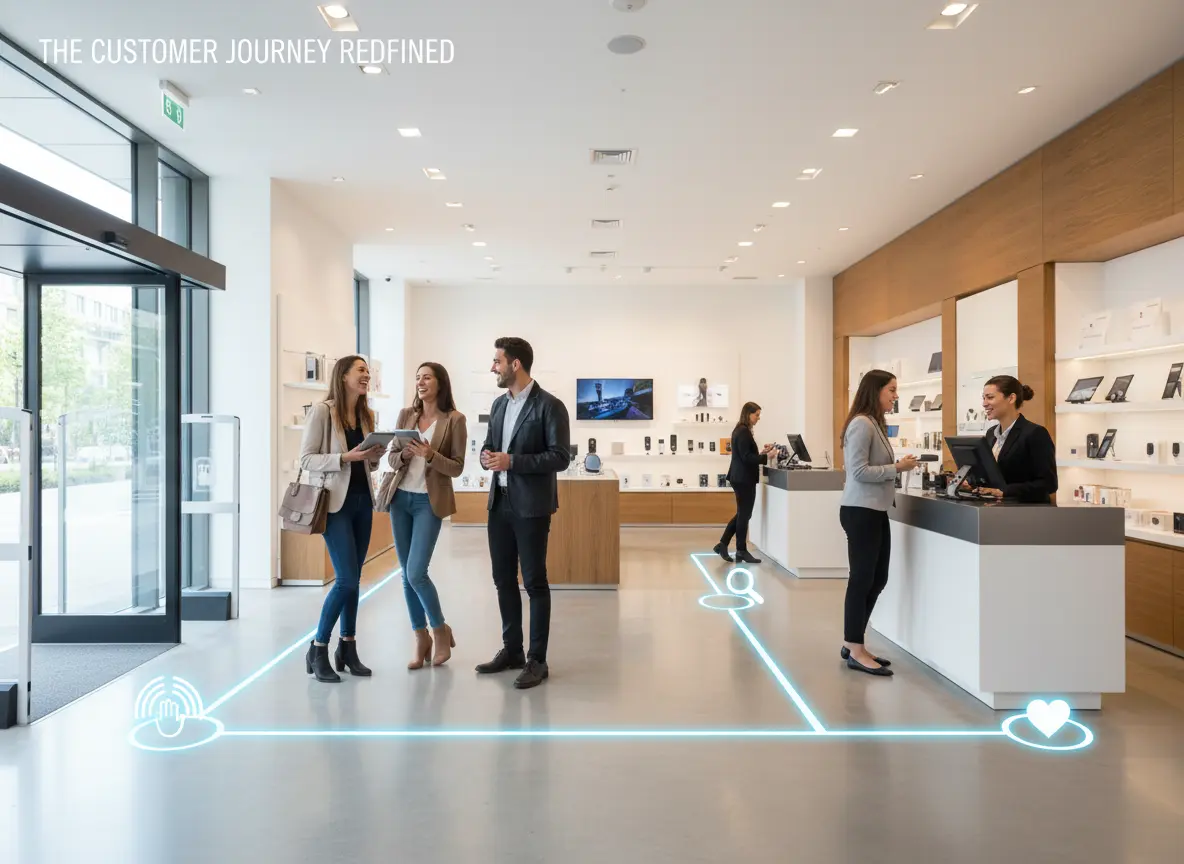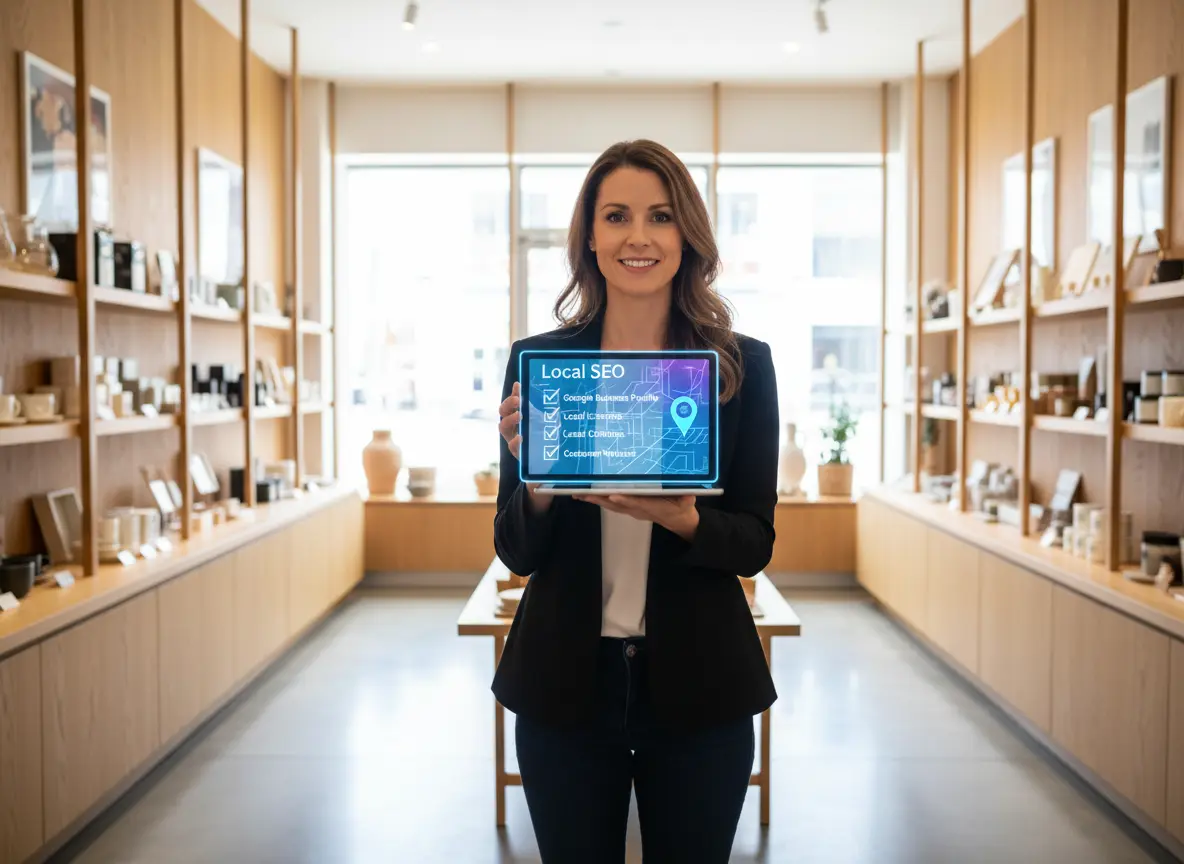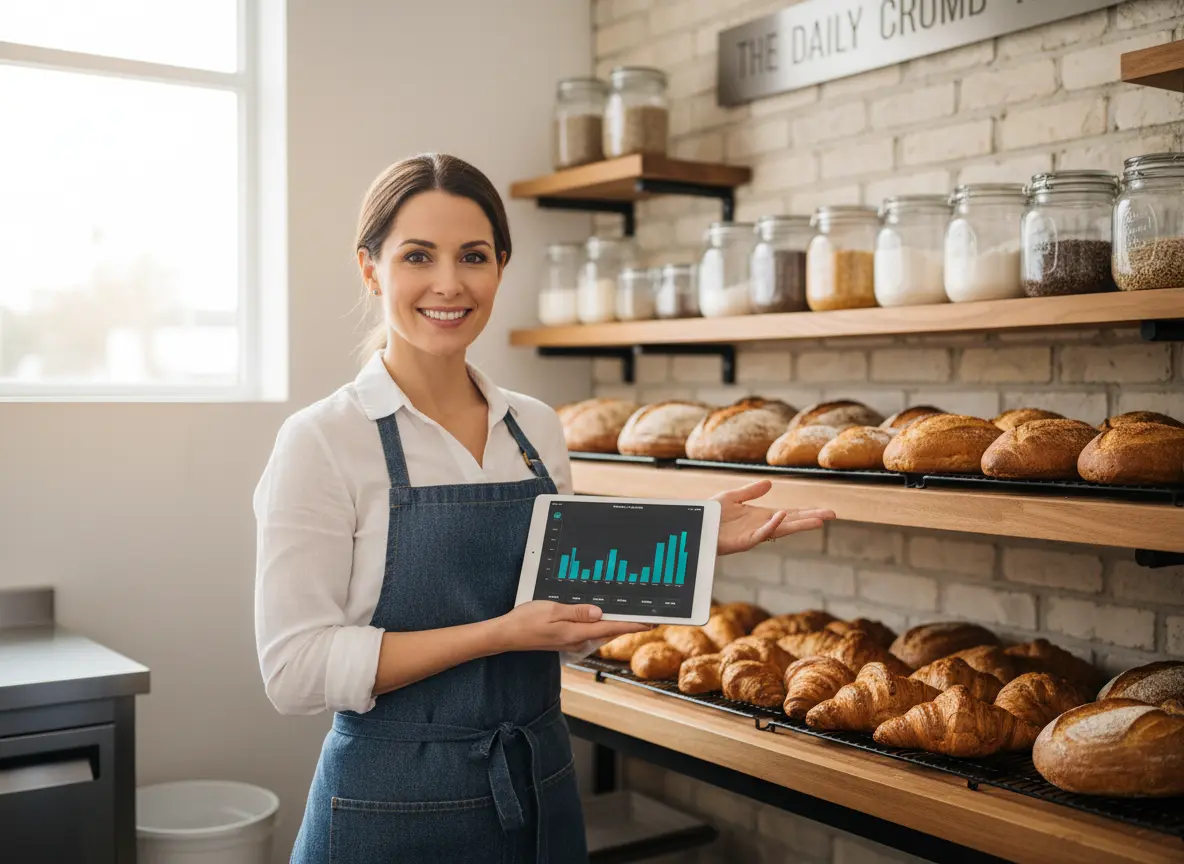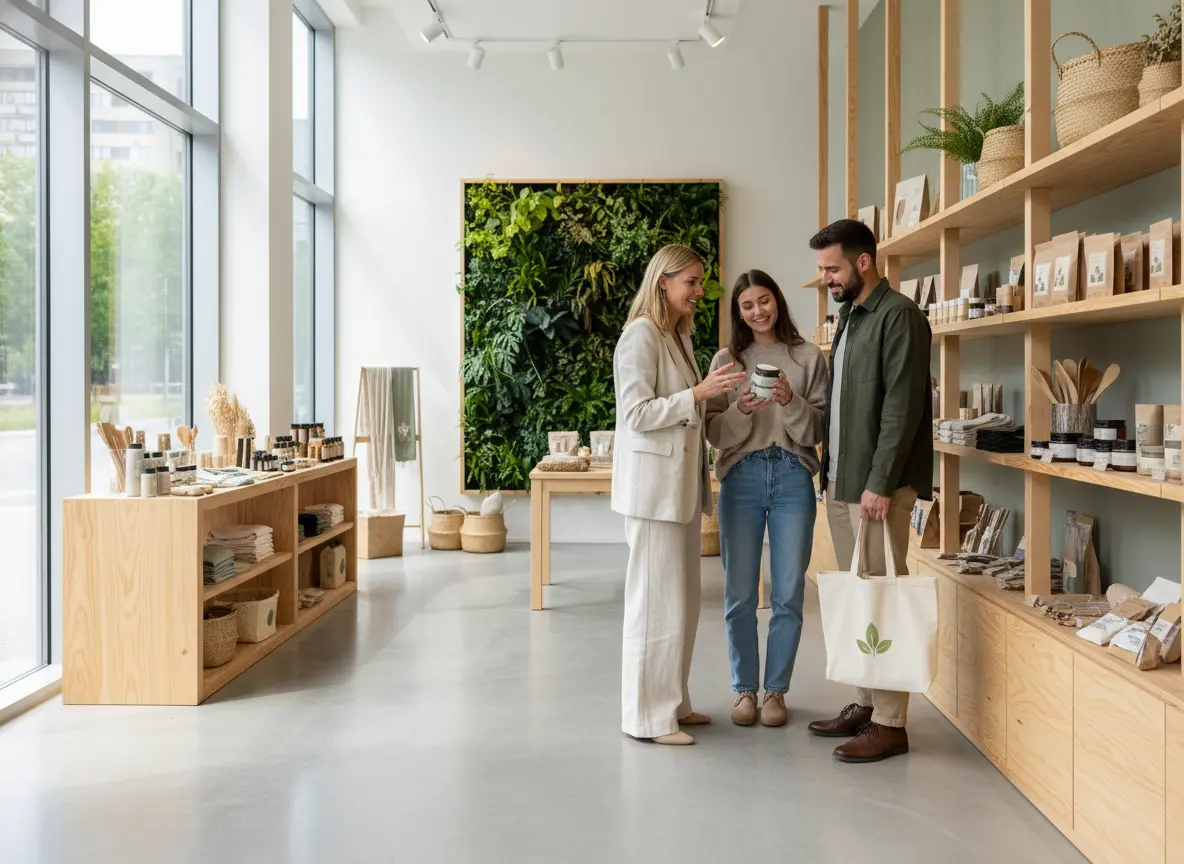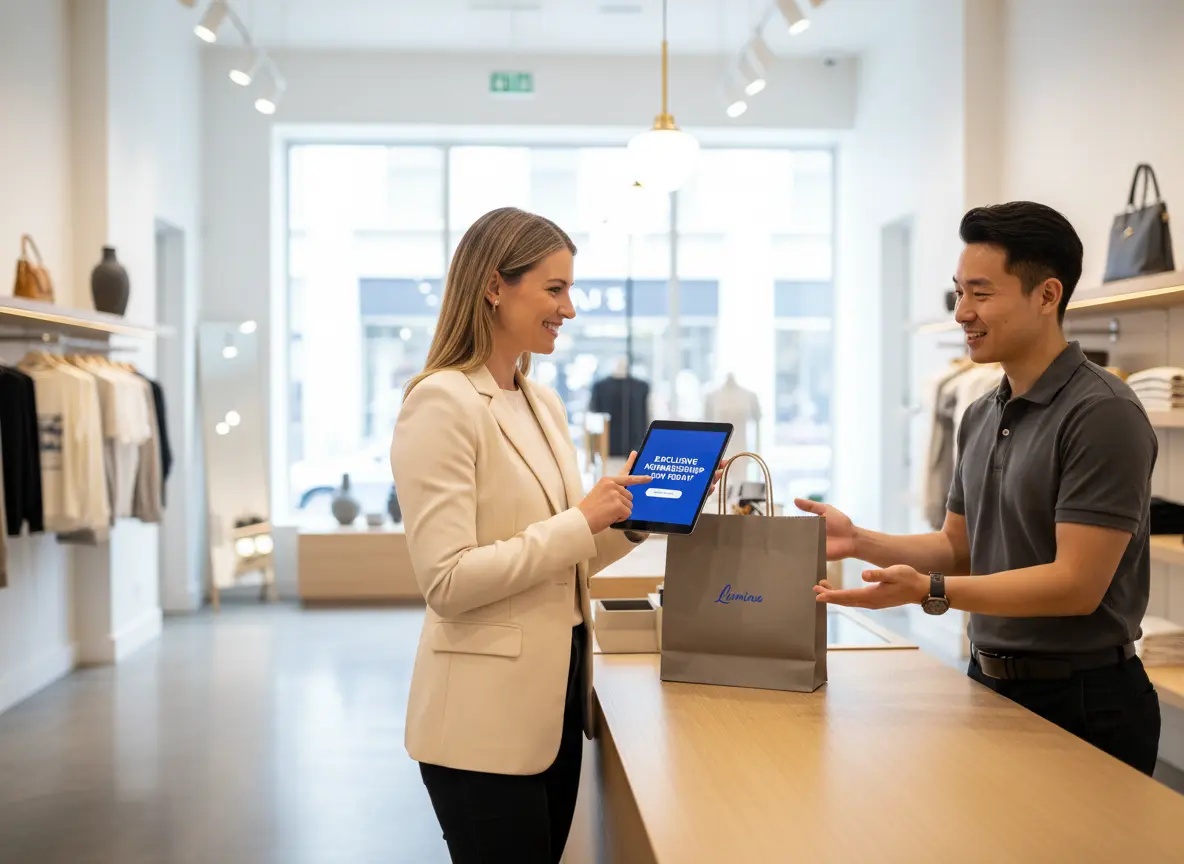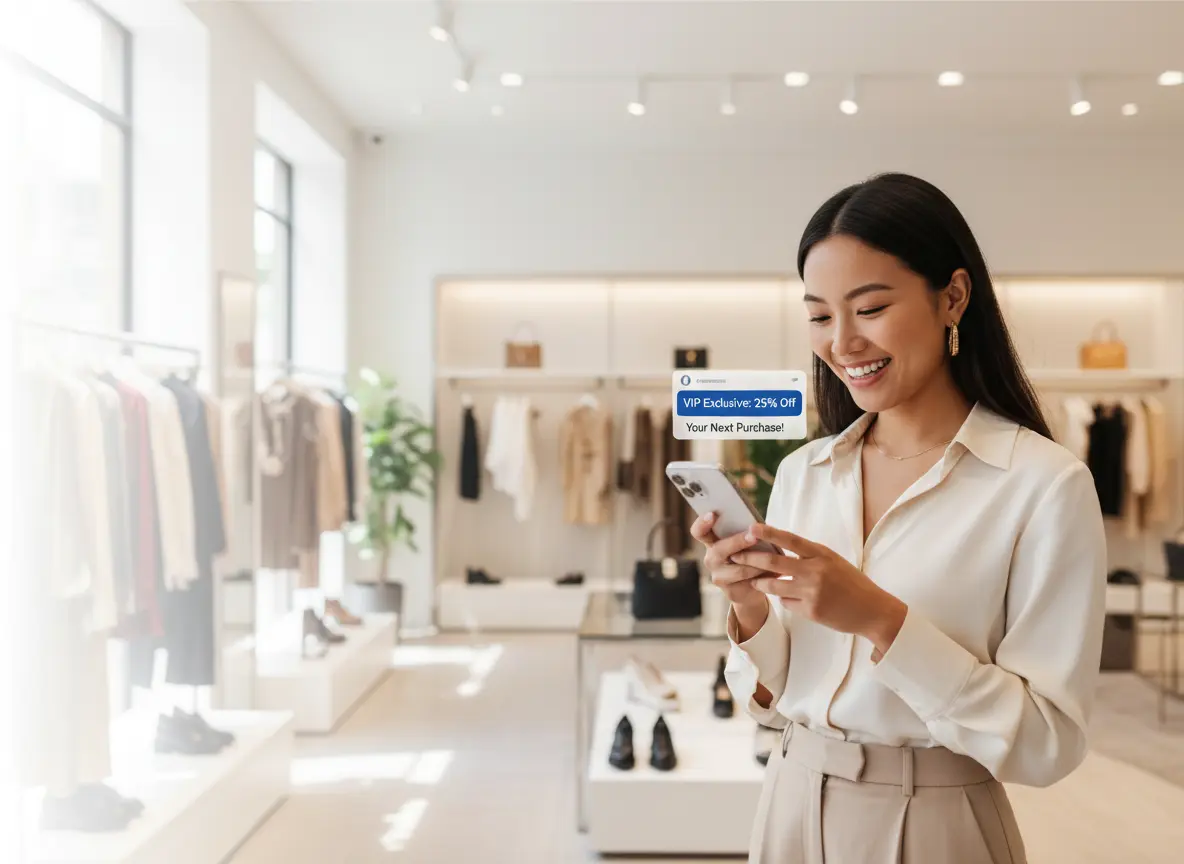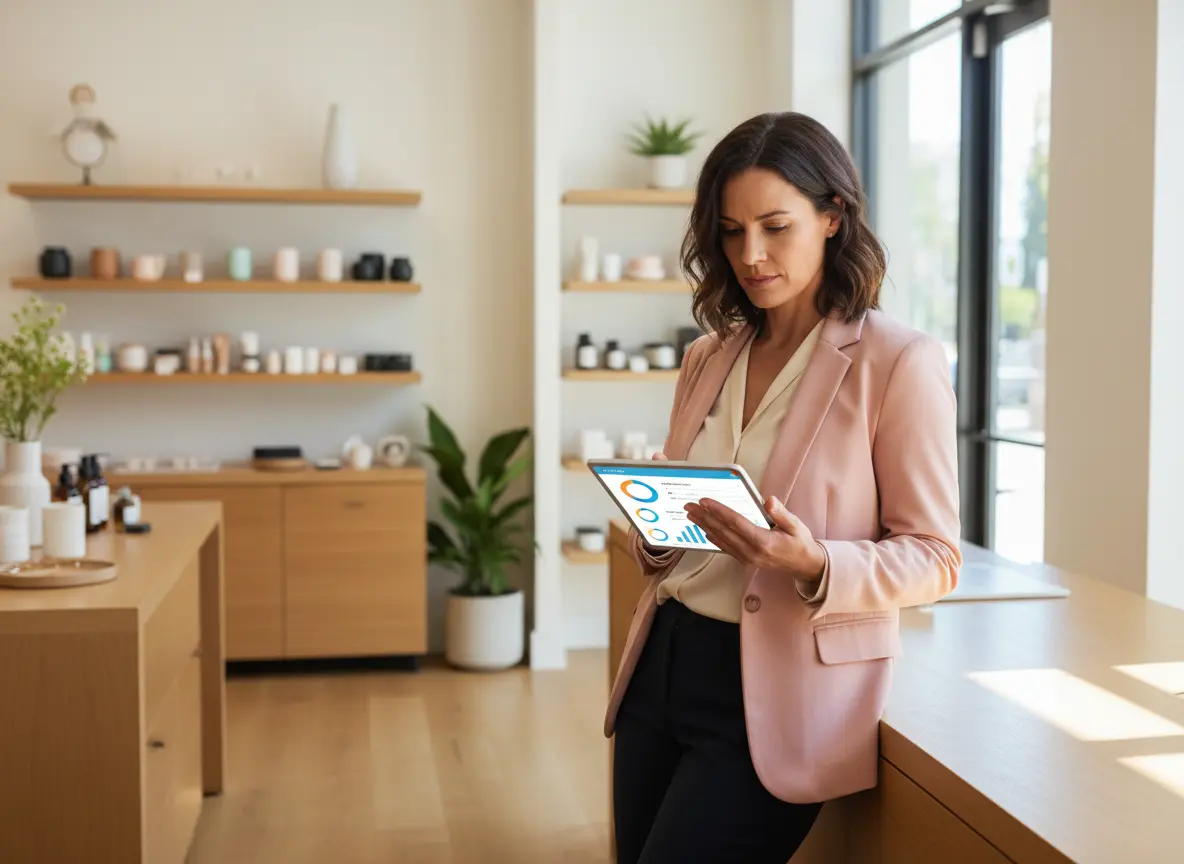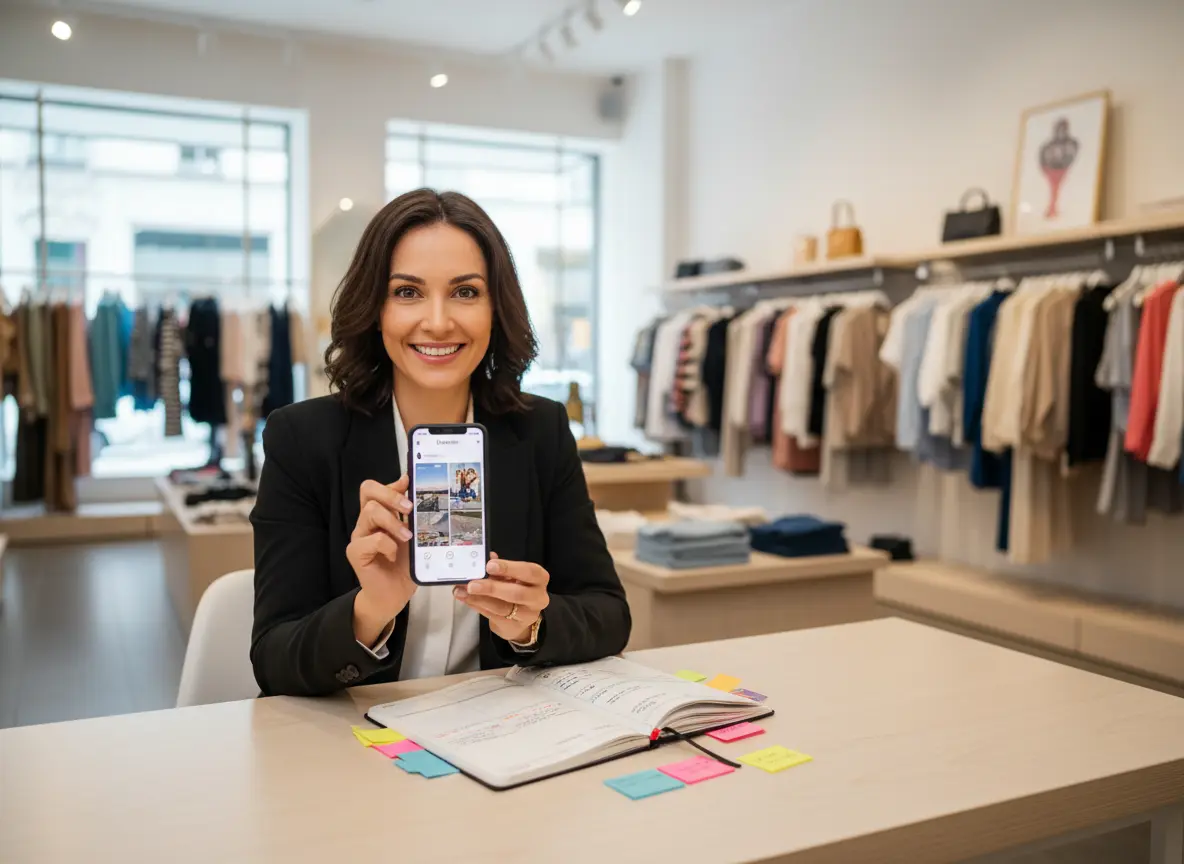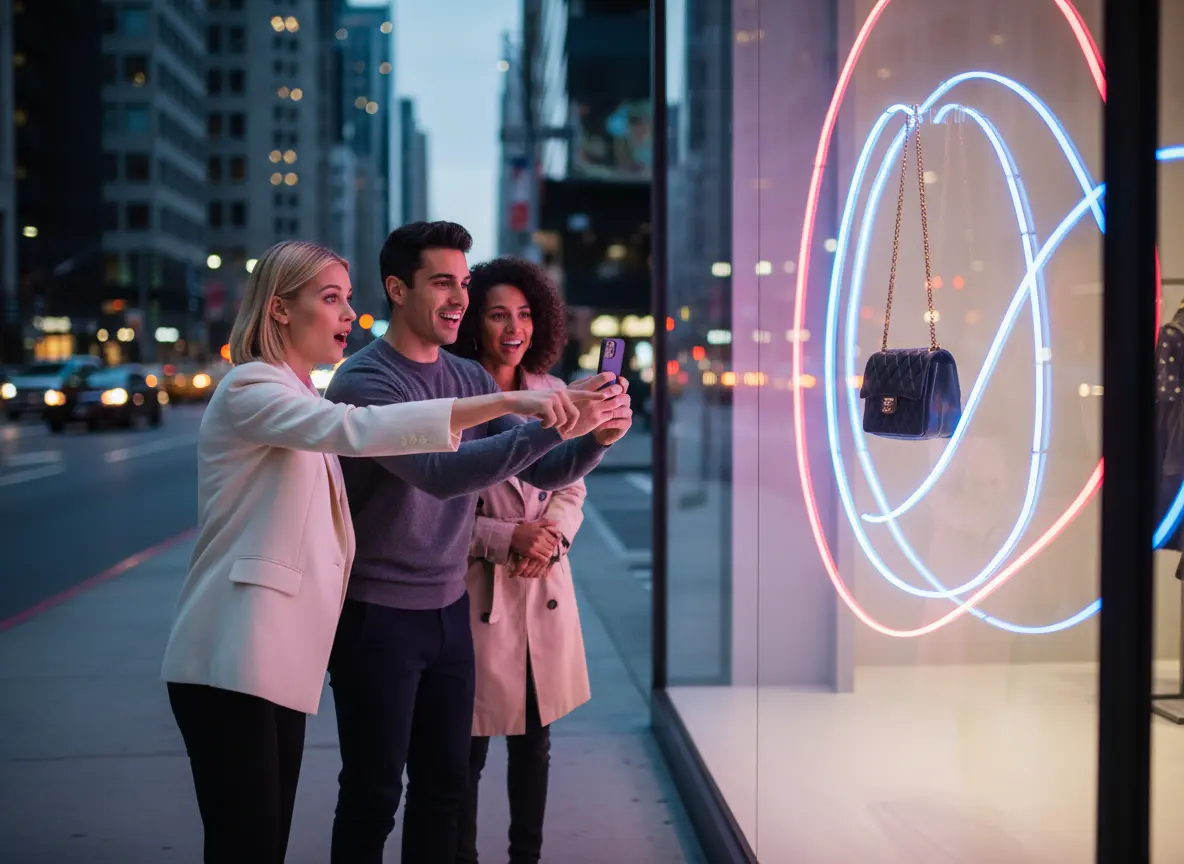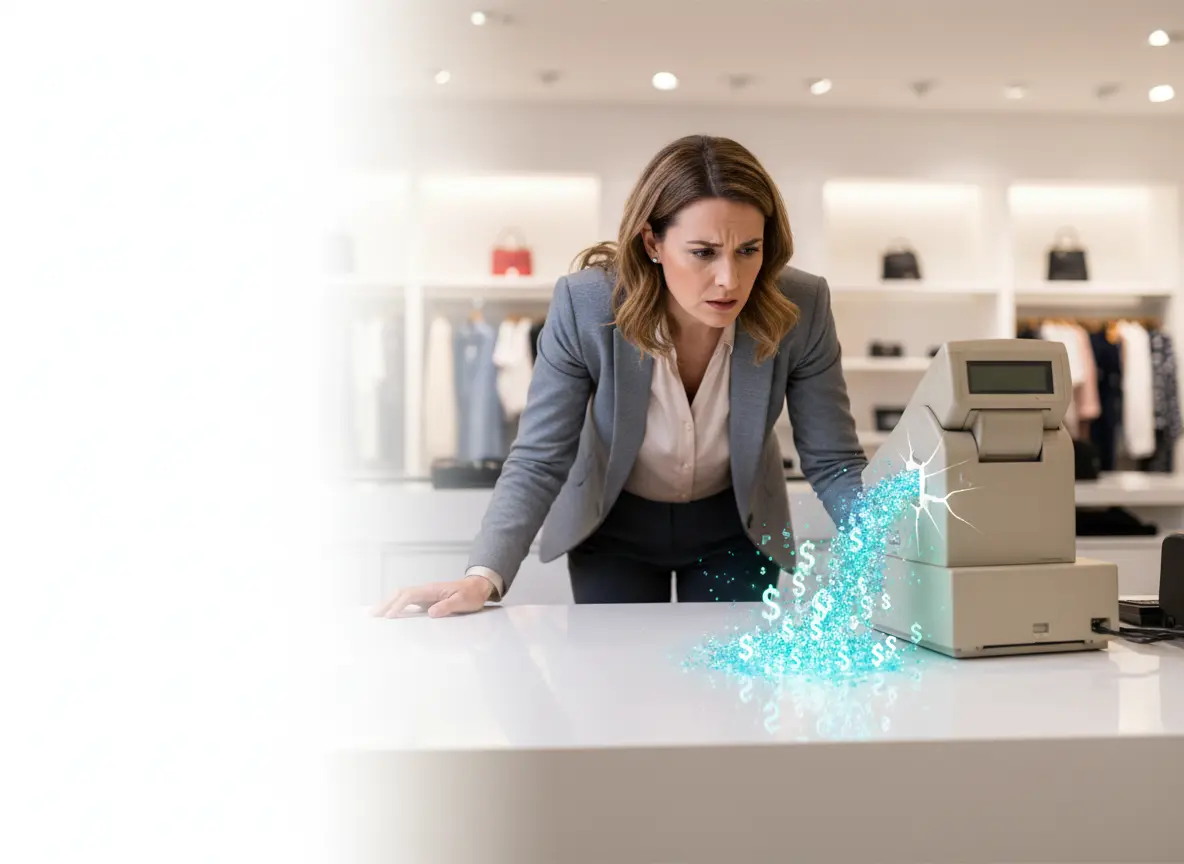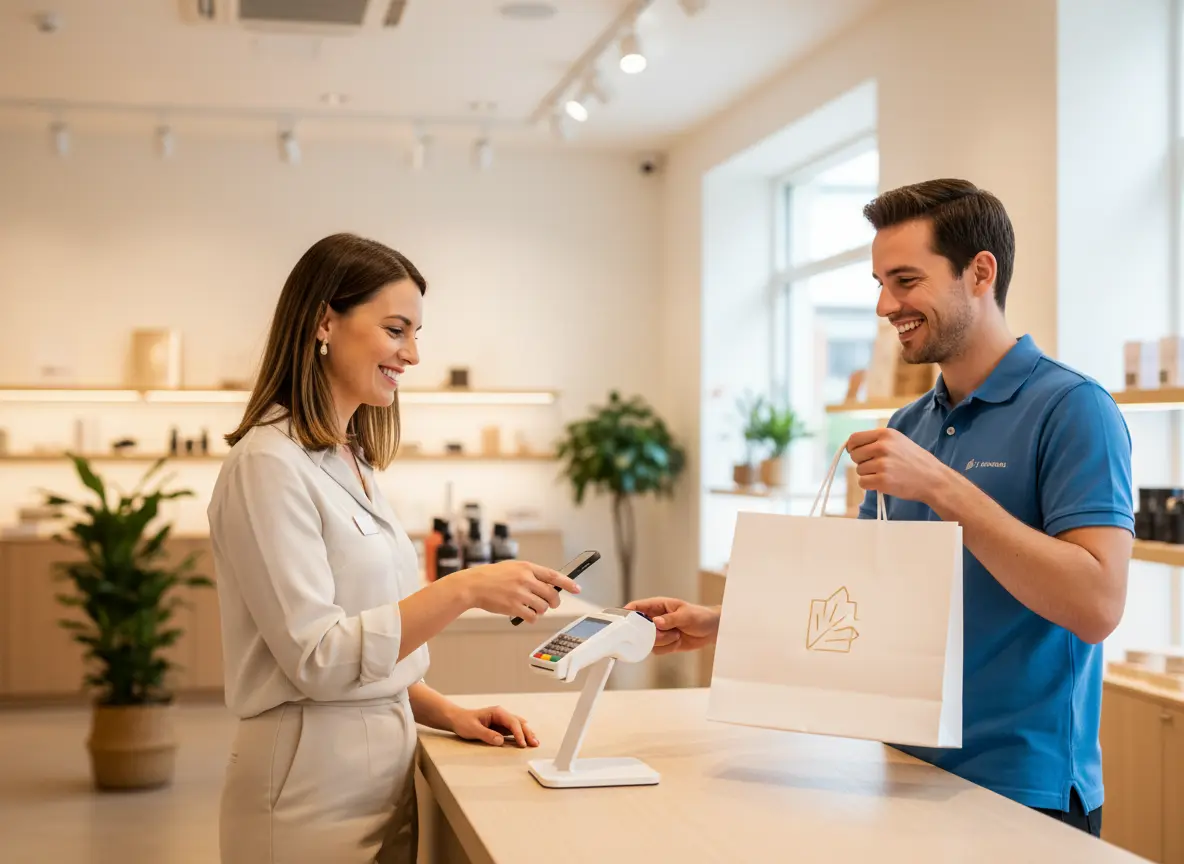Let's Be Honest, Your "Gut Feeling" Is a Terrible Business Strategy
You’re a retail veteran. You know your store like the back of your hand. You can sense a sales rush coming like a storm on the horizon, and you have a sixth sense for which products will fly off the shelves. Or do you? For years, brick-and-mortar store owners have relied on a mystical combination of experience, intuition, and sheer guesswork to understand customer behavior. We watch security footage, we ask our staff what they’ve noticed, and we pray to the retail gods that our new window display actually draws people in.
Meanwhile, our online counterparts are swimming in data. They know every click, every hover, every abandoned cart. They have so much information they could probably predict a customer's lunch order. Your physical store, in comparison, can feel like a black box. Customers walk in, they walk out, and the reasons why they buy—or, more maddeningly, why they don’t—remain a complete mystery. It’s time to stop guessing. In-store analytics isn't some far-off, futuristic concept for mega-corporations anymore. It’s the practical, accessible key to understanding what’s really happening between your four walls and, more importantly, turning those insights into cold, hard cash.
The "Why" Behind the Buy: Unpacking In-Store Analytics
So, what exactly are we talking about when we say "in-store analytics"? It’s simply the process of collecting and analyzing data about how shoppers behave inside your physical space. Think of yourself as a detective, and your store is the crime scene—except the only crime is leaving money on the table. Instead of dusting for fingerprints, you’re looking for patterns in foot traffic, dwell time, and conversion rates. It’s less about "spying" and more about understanding the unspoken language of your customers.
Beyond the Balance Sheet: What Are We Even Tracking?
Your POS system tells you what sold, but in-store analytics tell you why. The most valuable metrics go far beyond daily sales totals. We’re talking about things like:
- Foot Traffic: How many people walk through your door? When do they come? Knowing you get a surprise rush every Tuesday at 3 PM (thanks, local school dismissal!) is the kind of intel that allows you to staff up and run a targeted "after-school snack" promotion.
- Dwell Time: How long do shoppers linger in certain areas? If everyone is spending five minutes mesmerized by your artisanal jam display but no one is buying, you might have a pricing or signage problem. High dwell time with low sales is a classic red flag.
- Conversion Rate: This is the holy grail. Of all the people who walked in, how many actually bought something? If you had 1,000 visitors and only 50 transactions, your conversion rate is 5%. The goal is to figure out what’s stopping the other 950 people from opening their wallets.
- Heat Maps: These are visual representations of where customers spend the most time. Discovering a "cold spot" in the back-left corner of your store is an opportunity. Is it poorly lit? Hard to navigate? Or is it the perfect place to move your clearance section?
From 'Just Browsing' to 'Just Bought': The Customer Journey Map
Every shopper takes a journey through your store. Most of us assume it’s random, but data shows otherwise. A shocking number of people (studies suggest up to 90%) instinctively turn right upon entering a store. Is your most compelling, high-margin product located there? Or is it your "About Us" sign? One of those is going to make you more money.
By tracking the common paths people take, you can strategically place products to maximize exposure and encourage impulse buys. If you know that customers typically browse the skincare aisle after looking at cosmetics, placing a display of makeup remover wipes at the end of the cosmetics aisle is a no-brainer. You're not just organizing a store; you're choreographing a shopping experience that logically guides customers from one purchase to the next, increasing the average basket size along the way.
Gathering Intel Without Creeping Out Your Customers
Okay, the idea of "tracking customers" can sound a little dystopian. Nobody wants their store to feel like a high-tech surveillance state. The good news is that gathering actionable data doesn't require retinal scanners at the door. It can be done in friendly, effective ways that actually enhance the customer experience rather than detract from it. The goal is to be insightful, not invasive.
Your Secret Weapon: The Humble (and High-Tech) Greeter
One of the best sources of data has always been direct interaction. The problem is your staff is often busy stocking shelves, running the register, or handling a specific inquiry. They can’t greet every single person who walks in. But what if you had a team member who could? This is where technology can provide an elegant solution. An AI retail assistant like Stella can be positioned at the entrance to greet every customer, making them feel welcomed and acknowledged from the moment they arrive.
But Stella does more than just say hello. She can be programmed to mention a specific promotion ("Welcome! Just so you know, all our winter coats are 30% off today.") and track how many customers ask for more information. She can answer common questions, freeing up your human team for more complex tasks. Most importantly, she collects invaluable qualitative data. If dozens of shoppers ask her where to find gluten-free products every day, that’s a powerful insight telling you to create a dedicated "Gluten-Free" section with prominent signage. She’s part greeter, part salesperson, and part undercover data scientist.
Turning Data into Dollars: Actionable Strategies
Collecting data is fascinating, but it's utterly useless if you don't do anything with it. The entire point of analytics is to make smarter decisions that lead to tangible results. Once you start to understand the "what" and "why" of shopper behavior, you can implement changes that directly impact your bottom line. This is where the magic happens—and by magic, we mean well-informed, strategic business moves.
Optimizing Store Layout for Maximum Moolah
Your heat map data is a literal treasure map. If an area of your store is glowing red-hot with activity, that’s prime real estate. That's where you put your best-sellers, your new arrivals, and your high-margin items. Conversely, if a section is a desolate, icy blue, you have a problem to solve. Don’t put your star products in a dead zone and hope for the best. Use that space for operational necessities like storage, or create a compelling destination—like a tasting station or a product demo area—to deliberately draw traffic there. By redesigning your layout based on natural customer flow, you can guide shoppers toward the products you want them to see, not just the ones they stumble upon.
Staffing Smarter, Not Harder
Stop staffing based on tradition. The "Saturday afternoon rush" might be real, but your foot traffic data might reveal an even bigger, untapped rush on weekday mornings. Using data to predict your peak hours allows you to optimize your staffing schedule with precision. This has a two-fold benefit:
- You reduce labor costs by not having extra staff standing around during quiet periods.
- You improve customer service (and sales!) by ensuring you’re fully staffed and ready to help when the store is genuinely busy.
Imagine knowing you need all hands on deck from 4 PM to 6 PM on Thursdays because that's when parents swing by after picking up their kids from the local sports complex. That knowledge is power. It prevents long lines, frustrated customers, and lost sales.
Personalizing Promotions That Actually Work
Tired of throwing "20% Off" at the wall and hoping it sticks? Analytics can help you craft promotions with surgical precision. If your data—or your AI greeter—tells you that the most frequently asked question is, "Do you have any vegan leather options?" then a generic sale on sweaters isn’t your best move. Instead, run a "Vegan Leather Showcase" and promote it heavily. When you know what your customers are actively looking for, you can tailor your offers to meet their existing desires. This feels less like a sales pitch and more like you're reading their minds, leading to higher engagement and better ROI on your marketing efforts.
A Quick Reminder About Stella
Remember, you don’t need a team of data scientists to get started on this journey. An AI retail assistant like Stella can be your frontline data gatherer, engaging customers and collecting valuable insights from day one—all while reliably promoting your products and making every shopper feel seen.
Conclusion: Stop Guessing, Start Knowing
The gap between the data-rich world of e-commerce and the "gut feeling" world of brick-and-mortar is closing fast. In-store analytics are no longer an expensive luxury but an essential tool for survival and growth. By understanding how shoppers move, where they linger, and what prompts them to buy, you can make smarter decisions about everything from store layout and staffing to promotions and product placement.
Your first step doesn't have to be installing a hundred sensors. It can be as simple as making a conscious effort to track customer questions for a week or A/B testing two different product displays. The key is to shift your mindset from guessing to knowing. Start small, gather one key piece of data, and make one informed change. Then watch what happens. Your bottom line—and your sanity—will thank you.
